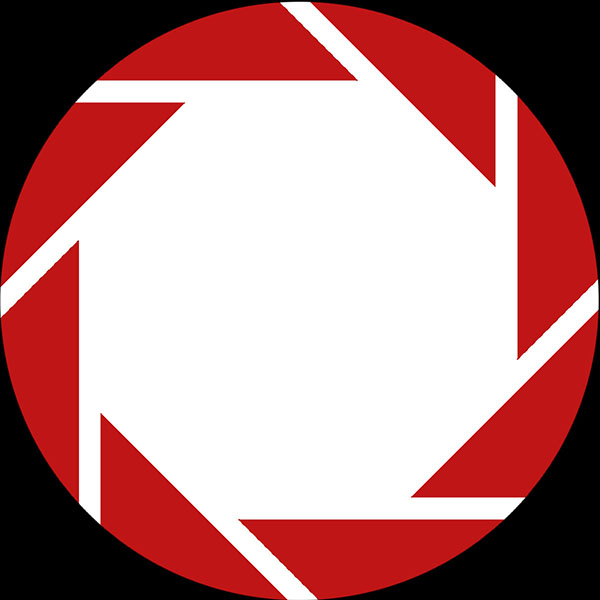It was quite shocking when, may years ago, I realized that my eyes didn't come properly calibrated from the factory. You all know the yakk-yakk about the demise of quality control during the late 60's and early 70's. So, I was worried that I didn't see things "properly" I had them checked out. I was run through a whole battery of tests and after a seemingly endless stream of "Better or worse?" the opthamologist sat down and started just talking to me about, well, me. After a few minutes he proclaimed "Ah-Ha! You're a photographer … that's the problem." That was probably the first time that was said to me but not the last. He then went on to explain that my vision problem was that our eyes don't resolve detail like my camera lenses do and that my eyes were as good as they get. He put me oculars into the 99% range that makes anyone who wears glasses want to hate me on principle.
But there was one test that he didn't run that I ended up doing by accident that produced an interesting result: my eyes are essentially uniform in "sharpness" but not in color correction. My left eye has a warm cast to it. Yep it's about 250-300 Kelvin warmer in cast than my right one. For years I would look at a scene with my left eye closed and then the right eye closed to see if the photo would benefit from a mild warming filter. No joke I would do this all the time.
But that aside what I ended up realizing about my eyes isn't how they see color but how they see tone. There is an old addage that photographers work either in color or black-and-white and rarely well in both. Balderdash! I think that it's mostly a matter of training. Famed commercial photographer Dean Collins came up with his "Chroma Zone" system where he used the exposure of his gelled lights as the basis of a color version of Ansel Adams "Zone System" where the photograher invisions the tonal and contrast relationships within the scene. Color is tone without the, well, color. Once you get to see a midtone red as a mid tone and not as a rich red your B&W photography gets better since you are not relating to color directly. My landscape work when I do it is essenially B&W. My documentary work is mostly color but sometimes B&W while everything else that I shoot is totally color. Flipping the switch in your head isn't that hard.
Case in point. I was on location waiting for my portrait subject to arrive. We were meeting at a place up the canyon on Boulder Creek and as I was looking around my editorial eye was saying "Hmm, everything is brown and the light is as flat as it gets. Well no need to work hard to over power the ambient light. This will be easy". Meanwhile my artsy-fartsy eye was saying "Aw man! We got ice on the rocks of the creek! Oh-boy-oh-boy! Grab the tripod you fool and let's get to work."
These were taken in about 5 minutes with my Nikon D700 and AF-S 80-200mm f/2.8 all at F/22 and 1.6 seconds ISO 100 on the tiny Gitzo G126 tripod that never leaves my car as you never know when you need one. First the flat color as essentially they were seen at the time then the frame in B&W.

